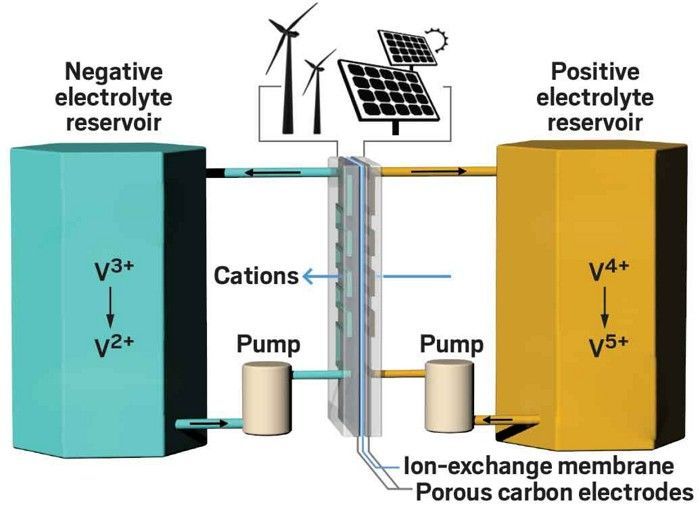In today’s world, energy efficiency is becoming increasingly important as we strive to reduce our carbon footprint and combat climate change. One way that individuals and businesses can make a positive impact is by making energy efficiency improvements to their homes and buildings. Fortunately, there are a variety of government incentives available to help offset the costs of these upgrades.
Types of Incentives
There are several types of government incentives available for energy efficiency improvements. These incentives can come in the form of tax credits, rebates, grants, or low-interest loans. Each type of incentive has its own eligibility requirements and benefits, so it’s important to research which options are available in your area.
Tax Credits
Tax credits are a popular incentive for energy efficiency improvements. These credits allow individuals or businesses to deduct a certain percentage of the cost of qualifying energy-efficient upgrades from their taxes. Some common upgrades that may be eligible for tax credits include installing solar panels, upgrading to energy-efficient appliances, or improving insulation.
Rebates
Rebates are another common incentive for energy efficiency improvements. These incentives typically involve receiving a cash refund for purchasing energy-efficient products or services. Rebates can help offset the upfront costs of upgrades and can be a great way to save money in the long run.
Grants
Grants are a form of financial assistance that does not need to be repaid. These incentives are typically offered by local, state, or federal government agencies and can help cover the costs of energy efficiency improvements. Grants may be available for a wide range of upgrades, from installing energy-efficient windows to upgrading HVAC systems.
Low-Interest Loans
Low-interest loans are another option for financing energy efficiency improvements. These loans typically have lower interest rates than traditional loans and can help make upgrades more affordable. Some government programs offer low-interest loans specifically for energy efficiency improvements, making it easier for individuals and businesses to invest in sustainable upgrades.
Benefits of Government Incentives
There are several benefits to taking advantage of government incentives for energy efficiency improvements. Not only can these incentives help offset the costs of upgrades, but they can also help reduce energy bills, increase property values, and create a more comfortable living or working environment. Additionally, making energy-efficient upgrades can help reduce greenhouse gas emissions and combat climate change.
How to Qualify
Qualifying for government incentives for energy efficiency improvements typically involves meeting certain eligibility criteria. These criteria may vary depending on the incentive type and the specific program. To find out if you qualify for incentives, it’s important to research available programs, determine which upgrades are eligible, and follow the application process outlined by the government agency offering the incentive.
Conclusion
Government incentives for energy efficiency improvements can be a valuable resource for individuals and businesses looking to reduce their environmental impact and save money. By taking advantage of tax credits, rebates, grants, or low-interest loans, you can make sustainable upgrades to your home or building and contribute to a cleaner, more energy-efficient future. Be sure to research available incentives in your area and start making a positive impact today.


